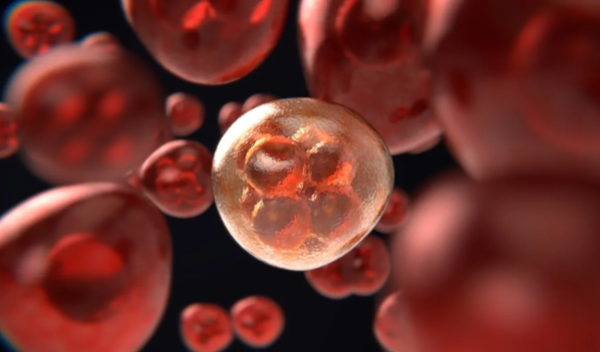Although the human body is externally symmetrical on left and right, it has remarkable left and right asymmetries in the shape, size and positioning of many internal organs, including the heart, lungs, liver, stomach and brain. These asymmetries can range from benign to not-so-benign, causing a range of conditions that affect multiple organs.
The left-right asymmetry occurs during early embryonic development, driven by a structure called the left-right organizer, made up of a small cluster of cells. Within this “organizer,” motile cilia, hairlike structures on the surface of cells, beat rapidly to create a leftward directional flow of extracellular fluid as the first sign of a left-right difference.
While research has shown that this early flow is critical to the distinction of right from left, just how this flow is sensed and translated into the left-right asymmetry has remained unknown.
Now, a new study led by Harvard Medical School researchers answers this question. The team’s findings reveal that cilia — as the creators of the flow — also act as sensors for the biomechanical forces that shape the left-right body plan of the developing embryo.
The U.S. National Science Foundation-supported results are published in the journal Science. “This project helps us understand why, for example, our hearts are on the left-hand sides of our bodies and not on the right-hand sides,” said David Rockcliffe, a program director in NSF’s Division of Molecular and Cellular Biosciences.
“Nearly 25 years of work have shown that cilia and flow are essential for establishing body left-right asymmetry,” said Shiaulou Yuan, senior author of the study and an investigator in the Cardiovascular Research Center at Mass General Hospital. “But we haven’t had the right tools or techniques to definitively study how this all works.”
The researchers used zebrafish as a model for left-right development and employed a novel optical toolkit consisting of custom-built microscopy and machine learning analysis.
Defects in left-right asymmetry are associated with a range of human disorders, including heterotaxy syndrome, a condition marked by abnormal positioning and structural defects of various organs. Asymmetry defects are also associated with primary ciliary dyskinesia, with its recurrent respiratory infections, and several forms of congenital heart disease.
“The knowledge gleaned from this study not only advances our understanding of the cellular processes that govern the development of the human body,” Yuan said, “but it may also open new avenues for the development of novel diagnostics of these disorders.”
Source: News Release

